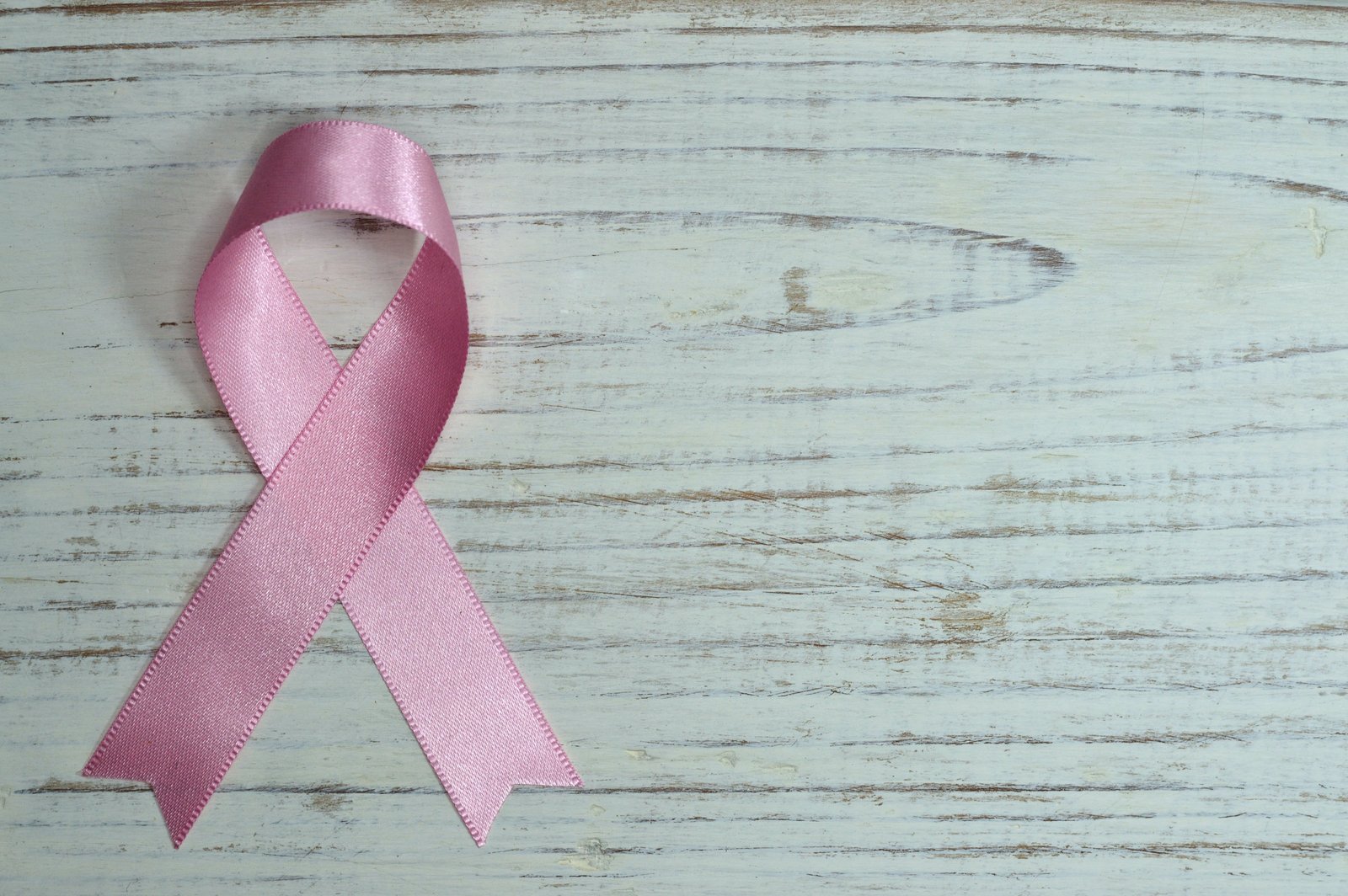

Breast cancer is a serious illness that affects many people, mostly women. It’s crucial to learn about breast cancer so you can spot it early and get the right treatment. In this article, we’ll talk about what causes breast cancer, its signs, how doctors find it, and how it’s treated.
Understanding Breast Cancer
Breast cancer starts in the cells of the breast. While it can affect men too, it’s more common in women. We don’t know exactly what causes it, but certain things can raise your risk:
- Being a Woman: Women are more likely to get breast cancer.
- Getting Older: The risk goes up as you get older, especially after 50.
- Family History: If close relatives had breast cancer, your risk may be higher.
- Genes: Sometimes, genes you inherit, like BRCA1 and BRCA2, can make it more likely.
- Hormones: If you’re exposed to estrogen for a long time (like if you start your period early or go through menopause late), your risk might increase.
Signs and Symptoms of Breast Cancer
Finding breast cancer early is key. Look out for these signs:
- Lump in Your Breast: Check for any painless lumps or thickened areas in your breast or underarm.
- Changes in Breast Size or Shape: If your breast suddenly changes size or shape, see a doctor.
- Nipple Changes: This could be inversion (nipple goes inward), discharge, or a rash.
- Breast Pain: While not usually a sign, if it sticks around, talk to your doctor.
Diagnosis of Breast Cancer
If you notice these signs, see a doctor. They’ll use these tests to figure out if it’s breast cancer:
- Mammograms: Special X-rays can spot small tumors.
- Biopsy: Another crucial diagnostic step involves taking a small piece of the suspicious tissue to check under a microscope.
- MRI and Ultrasound: In addition to mammograms, these scans can give more details about the tumor.
Treatment Options
The treatment depends on how far the cancer has spread and your unique situation. Common treatments include:
- Surgery: First and foremost, one of the primary treatment options involves removing the tumor (lumpectomy) or the whole breast (mastectomy).
- Radiation Therapy: Following surgery, high-energy rays are used to kill cancer cells and prevent it from coming back.
- Chemotherapy: Additionally, in some cases, medicines are administered to kill cancer cells throughout the body.
- Hormone Therapy: Moreover, for hormone-receptor-positive breast cancer, blocking hormones is a key treatment approach.
- Targeted Therapy: Furthermore, another option involves using medications that target specific cancer-related molecules.
Prevention and Early Detection
You can take steps to prevent and catch breast cancer early:
- Self-Exams: Begin with regular breast self-exams to check for any changes.
- Mammograms: In addition to self-exams, get regular mammograms as advised by your doctor.
- Healthy Lifestyle: Moreover, maintaining a healthy lifestyle with a balanced diet and exercise is essential.
- Know Your Risk: Furthermore, understand your family history and genetic factors to plan prevention strategies.
Breast cancer is a serious illness, but catching it early and getting the right treatment can make a big difference. Furthermore, keep an eye on your breast health, talk to your doctor if you’re concerned, and support ongoing research to fight breast cancer. Together, we can raise awareness and improve the lives of those affected by this disease.




